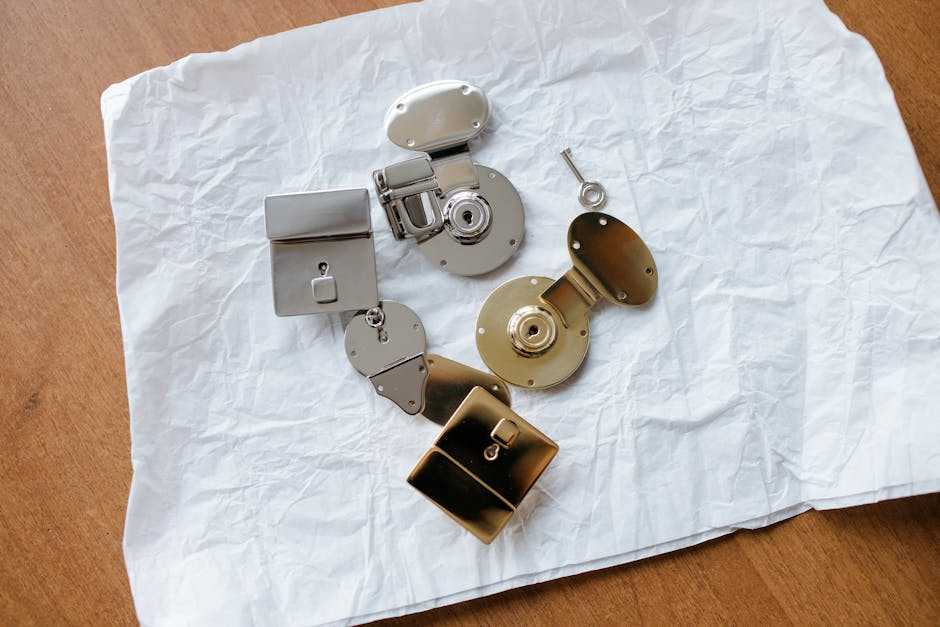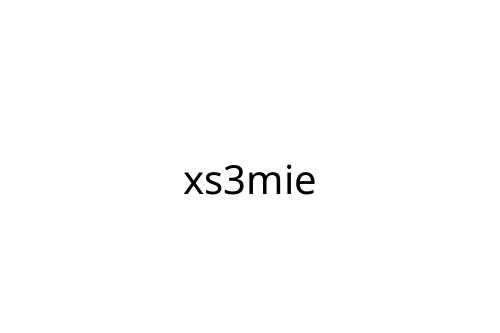The Crypto Stakes Are High
Crypto isn’t just a curiosity anymore it’s digital money, digital property, and, for many, digital identity. And where there’s money, there are threats. Each year, billions in crypto assets are lost to theft, hacking, and scams. Whether it’s a shady phishing link or a full blown exchange breach, bad actors are always looking for a weak spot.
The problem? Traditional passwords aren’t built for modern attacks. Most people reuse them, choose weak ones, or rely on credentials that have already been leaked. Even strong passwords can fall to phishing schemes or keyloggers. It’s like locking your house with a single, flimsy bolt and hoping no one tests the door.
That’s why security in crypto isn’t a bonus feature it’s the price of entry. If you’re holding digital assets, you’re a target by default. And if your defenses are outdated, you’re already behind. Whether you’re a casual holder or deep in DeFi, your security setup needs to be intentional, layered, and ever evolving.
What 2FA Actually Does
2FA, or two factor authentication, is exactly what it sounds like: a second lock on your digital front door. One password isn’t enough anymore not with phishing attacks, data leaks, and brute force tools lurking in every corner of the internet. 2FA adds a second piece of proof that it’s really you logging into your crypto wallet or exchange.
The most common kinds of 2FA?
SMS codes: You get a text with a one time code. Simple, but not the most secure.
Authenticator apps: Think Google Authenticator or Authy. These generate time sensitive codes directly on your device.
Hardware keys: Physical devices like YubiKey. You plug them in or tap to confirm access. No code to steal, no app to clone.
If you’re serious about protecting your crypto, SMS should be your last resort. It’s vulnerable to SIM swap attacks and interception. App based methods are a solid middle ground good security, user friendly. But hardware keys offer the strongest protection. They anchor access to something you physically hold, making remote hacks almost impossible.
2FA isn’t a silver bullet, but it raises the bar. And in crypto, that extra layer goes a long way.
Real Security Gains

Two factor authentication (2FA) isn’t just an extra step it’s a dealbreaker for most would be attackers. Most phishing scams rely on stolen credentials. 2FA breaks that flow. Even if a hacker gets your password, they’re stuck without that second key: your phone, your hardware token, or your authenticator app.
Centralized systems are weak points. When data breaches happen usernames and passwords sold in bulk on the dark web 2FA acts like a circuit breaker. One failed login won’t take down your entire wallet. It slows attackers down and often stops them cold.
There are plenty of stories now where 2FA made the difference. A compromised email could’ve drained someone’s holdings, but a time sensitive code stood in the way. In crypto, where transactions can’t be reversed, that second layer is sometimes the only line between safety and a full blown disaster.
Explore deeper: two factor crypto security
Know Your Limits
Two factor authentication looks strong on paper but in practice, it can still be exploited. Social engineering is the weak link. If someone can trick you into revealing your second factor, all the tech in the world won’t stop them. Scammers bait users with fake recovery requests, spoofed login pages, or support impersonation. And it works more often than you’d like to think.
SMS based 2FA is one of the easiest targets. SIM swapping attacks let hackers hijack your phone number, intercept codes, and walk right into your accounts. It’s convenient, sure but for crypto, convenience can be a liability.
Backup codes are another friction point. Users save them in the wrong places desktop files, cloud notes, inboxes which defeats the purpose. And when it comes time to recover access, a moment of forgetfulness or a formatting glitch can lock you out of your assets entirely.
The bottom line: 2FA is an essential layer, but it’s not a fix all. Knowing where it can break saves you from assuming you’re safer than you really are.
Max Out Your Security Stack
Even with two factor authentication in place, your crypto setup shouldn’t stop there. Security works best in layers. First, pair 2FA with strong, unique passwords (no repeats, no guessable phrases) and store those passwords with a reputable password manager. Then, back it all with cold storage hardware wallets or offline keys that keep your assets physically separated from internet threats.
Not all 2FA is equal, either. It’s past time to move away from SMS based options. Text messages can be intercepted or rerouted with SIM swapping attacks. Instead, use app based authenticators like Authy or Google Authenticator, or go one better with hardware keys (think YubiKey). They’re harder to crack and less prone to manipulation.
Security isn’t a one time setup. Run regular audits check your recovery paths, update your trusted devices, and monitor for weird login activity. Run a dry test of how fast you could lock everything down if a breach happened. The more proactive you are now, the less reactive you’ll have to be later.
Must read: two factor crypto security
Bottom Line
There’s no silver bullet for crypto security, but two factor authentication (2FA) comes close. It’s simple. It works. And you’d be reckless to go without it. Whether you’re trading NFTs or holding long term tokens, 2FA adds that extra wall between your assets and the rest of the internet.
The key? Don’t set it and forget it. Use it consistently. Audit it periodically. Upgrade your method when something better comes along. SMS might have been fine five years ago but now, authenticator apps or hardware keys are the move.
Because here’s the truth: in the crypto world, what you own is only as secure as how you protect it. Security doesn’t sit on the sidelines. It is the game.





























































































































































































